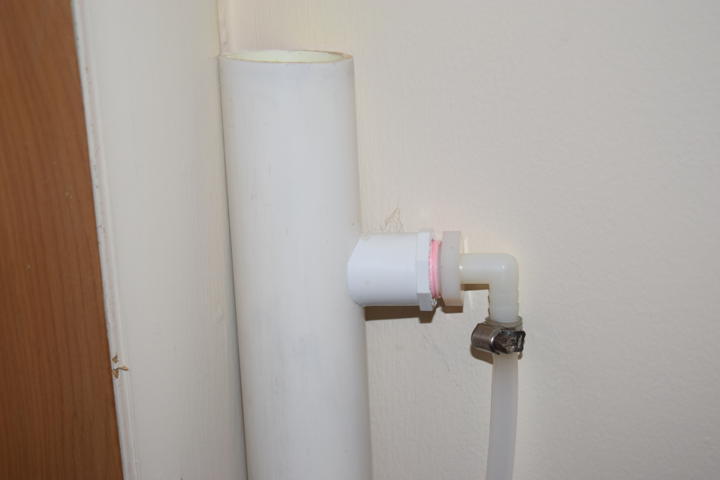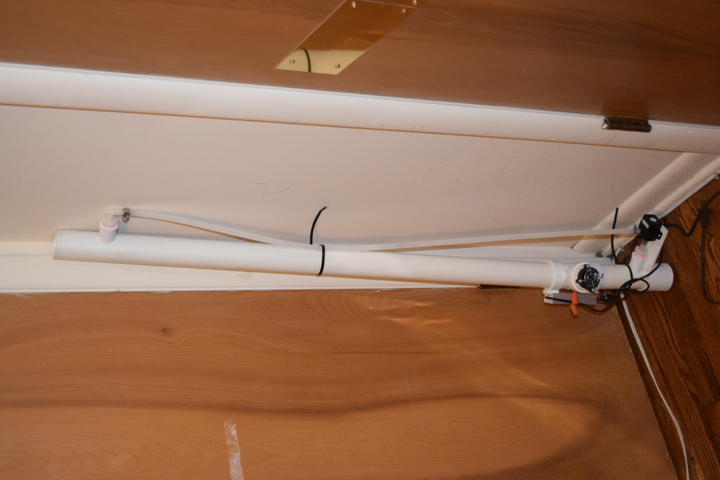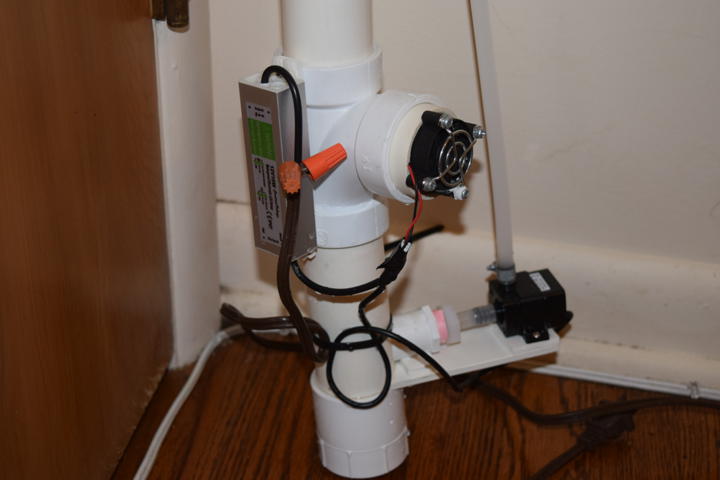Scrubber
Solvents
- sodium hydroxide/calcium hydroxide solutions
- DESs
- ammonia
- MEA
Log
15 Sep 2019
Well that failed…
At some point the water pump failed and the whole assembly leaked caustic soda solution onto my hardwood floor. I removed the liquid and neutralized it with vinegar. I’ll have to sand and restain the floor before my landlord sees it haha.
After running some more calculations I have determined that it is cheaper to heat/cool outside air than to purchase absorbent. So for the foreseeable future, I will be leaving my bedroom window open instead.
The only way I could see this working is if some sort of regeneration system could be devised. That is certainly too complex for a bedroom sized operation since it requires calcination. Further research is needed into alternative absorption/adsorption methods.
06 Sep 2019
The scrubber has been humming away in the corner of my room for a few days. Nothing to report. I should probably take a sample of the liquid to determine how much CO2 was absorbed, but I have more important things to do…
04 Sep 2019
Significant progress has been made.
According to previous calculations, over 300g of calcium hydroxide would be needed every hour to capture the CO2 from just a single person. I think the engineering toolbox numbers are wrong. A different source says the maximum CO2 release per person is about 700g per day (Peggy 2008). This lowers the number to 50g per hour: Still quite significant.
A 300ml working volume scrubber is charged with 2.4 moles (100g) sodium hydroxide (8 M soln) and 50g lime.
09 Jul 2019
In my adventures growing shiitake and oyster mushrooms I discovered that carbon dioxide can be quite dangerous in the right concentrations. For a week or two I was waking up with headaches and fatigue. I finally figured out that the dozens of jars of colonizing grain spawn were releasing enough CO2 that I was mildly suffocating during the night with my door closed. Thus the initial CO2 scrubber was born. It was a simple thing. Just air bubbled through a tube filled with dilute sodium hydroxide solution that was occasionally topped up with calcium hydroxide. After a few days the solution would turn clear and more CaOH was added.
5% duty cycle on the water pump achieves 90% reduction in energy requirement with little decrement to absorption efficiency. (Mahmoudkhani et al. 2009)
A human respires about .08-.13 cubic meters of CO2 per hour (100 liters, ~4 mol, 180g). That is the target for the initial design. (“Carbon Dioxide Concentrations in Rooms with People” 2004) My little bedroom is approximately 100 cubic meters. Just my breathing will increase the CO2 levels to about 1400ppm over the course of a night. (“Carbon Dioxide Emission from People” 2004)
Seems that the best performing DES’s are capable of 10% weight absorption of CO2. This alone is not enough to be useful, but it might work in conjunction with calcium hydroxide.
Bibliography
Mahmoudkhani, M., K. R. Heidel, J. C. Ferreira, D. W. Keith, and R. S. Cherry. 2009. “Low Energy Packed Tower and Caustic Recovery for Direct Capture of Co2 from Air.” Energy Procedia, Greenhouse Gas Control Technologies 9, 1 (1): 1535–42. https://doi.org/10.1016/j.egypro.2009.01.201.
Peggy. 2008. “Release of Carbon Dioxide by Individual Humans.” Blog. GLOBE Scientists’ Blog. https://www.globe.gov/explore-science/scientists-blog/archived-posts/sciblog/index.html_p=183.html.


